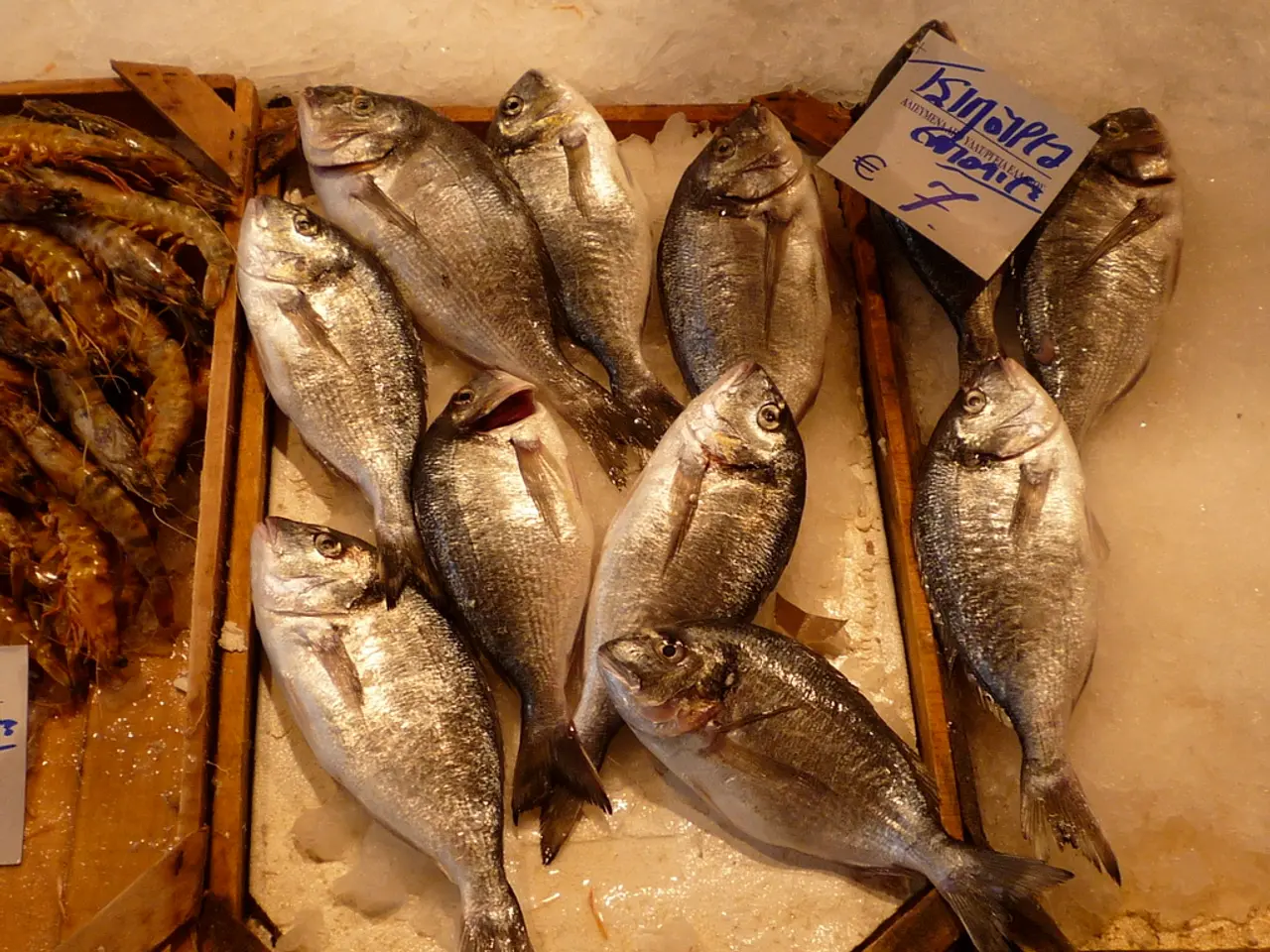Achieving Aquarium Harmony: Establishing Coexistence Among Shrimp and Their Tank Mates
In the fascinating world of aquarium keeping, establishing a balanced and harmonious community is essential for the well-being of shrimp and fish alike. By considering various factors, such as shrimp species compatibility, water parameters, tank conditions, feeding habits, and a balanced diet, you can create an environment where shrimp and fish coexist peacefully and thrive.
**1. Shrimp Species Compatibility**
When selecting shrimp species, opt for those that are peaceful and share similar environmental needs. Popular community-friendly shrimp include the Cherry shrimp (*Neocaridina davidi*) and Amano shrimp (*Caridina multidentata*). Avoid aggressive shrimp or those that may prey on smaller shrimp or fish. Keeping shrimp in groups also helps reduce stress and encourages natural behavior.
**2. Water Parameters**
Maintaining stable water parameters within the shrimp’s tolerance range is crucial. Generally, shrimp thrive in soft to moderately hard water with pH between 6.5 and 8.0, temperature range around 68-78°F (20-26°C), and clean, well-oxygenated water. Ensure these parameters are also suitable for fish species chosen to avoid conflicts, with peaceful small fish such as Cherry barbs or tetras being good matches.
**3. Tank Conditions**
Providing ample hiding places like plants, rocks, and driftwood helps shrimp feel secure, reducing stress and aggression. A well-filtered, stable aquarium with regular water changes maintains water quality. Avoid large or aggressive fish species that may harass or eat shrimp, such as Tiger barbs, while a tank size of at least 10 gallons is recommended for shrimp and community fish for stable conditions.
**4. Feeding Habits**
Feeding shrimp a varied diet, including algae, biofilm, specialized shrimp pellets, blanched vegetables (e.g., zucchini, spinach), and occasional protein sources, caters to their dietary needs. Fish should be fed an appropriate diet based on species, usually incorporating flakes, pellets, frozen or live foods. Avoid overfeeding, as uneaten food can degrade water quality and harm shrimp.
**5. Creating a Balanced Diet for a Harmonious Aquarium Community**
Providing diverse food sources that cater to both shrimp and fish dietary needs helps prevent competition and malnutrition. Include natural foods like algae and detritus that shrimp naturally graze on. Supplement with commercial diets designed for shrimp and fish to ensure all nutritional requirements are met.
By carefully selecting tank mates, maintaining appropriate water parameters, providing adequate habitat complexity, and ensuring dietary needs are met for all inhabitants, you can establish a balanced, harmonious aquarium community where shrimp and fish coexist peacefully and thrive. Regularly monitor behavior and water quality to adjust conditions as needed.
It's worth noting that some shrimp species, like the Crystal Red Shrimp (*Caridina cantonensis*), thrive in slightly acidic and soft water. Choosing tankmates that share similar water preferences with shrimp is essential. Selecting slow and deliberate feeders, such as small schooling fish or bottom-dwelling species, can help ensure that shrimp have enough time to access their share of food.
By investing time in research and planning, aquarium enthusiasts can create a balanced and harmonious environment where shrimp and their tankmates coexist in beauty and tranquility. Maintaining stable water parameters is vital for the health of aquarium shrimp and their tankmates. Achieving compatibility among aquarium shrimp and other inhabitants requires thoughtful consideration of various factors.
Lifestyle and tech come together in the advancement of smart home automation systems, making it convenient to control aquarium temperature, lighting, filtration, and feeders remotely to maintain optimal conditions for pet shrimp and fish, enhancing the home-and-garden experience.
For pets, incorporating techie elements like timer-controlled feeders and water testing kits may ensure their well-being and make pet care more efficient, making it easier to balance the needs of shrimp, fish, and other aquarium inhabitants within a peaceful and balanced community.




